#triantha glutinosa
Explore tagged Tumblr posts
Photo
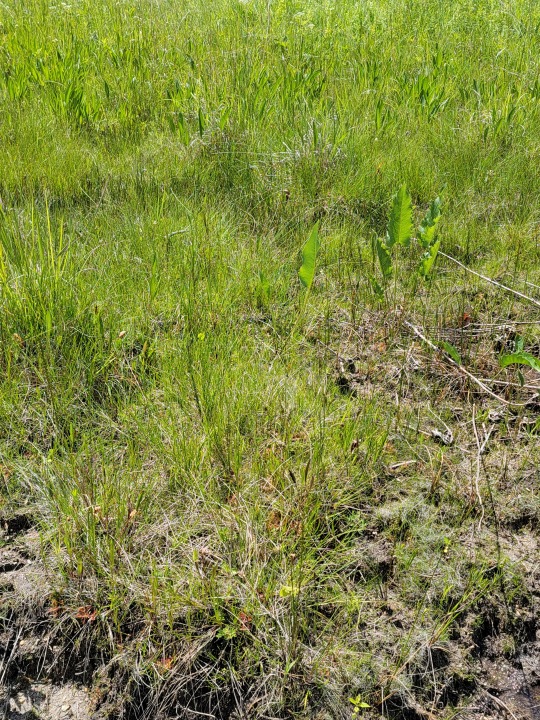
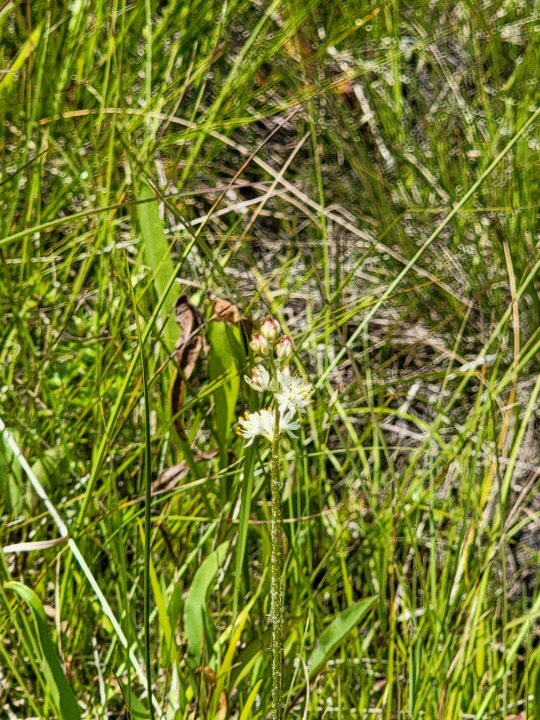
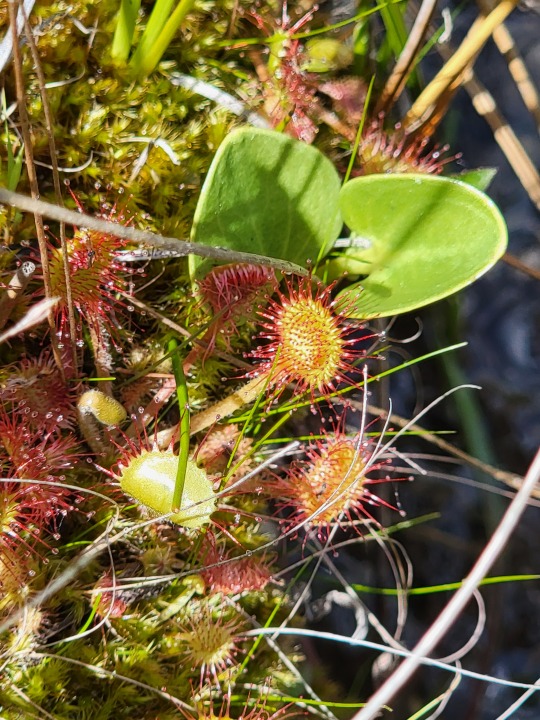

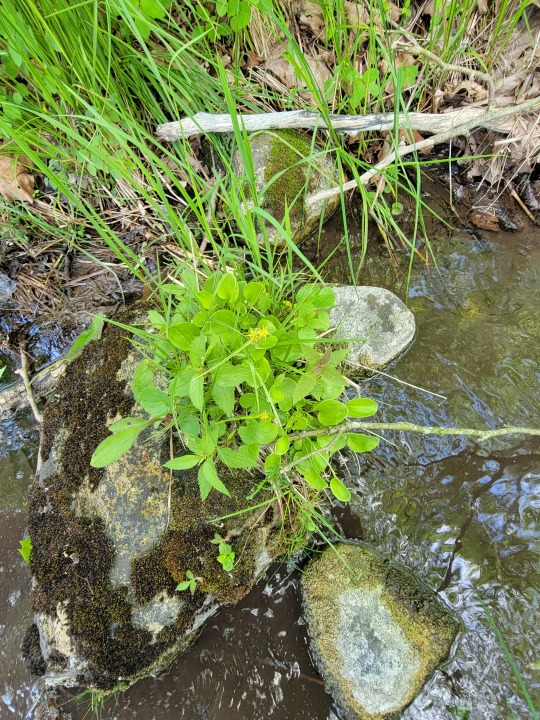
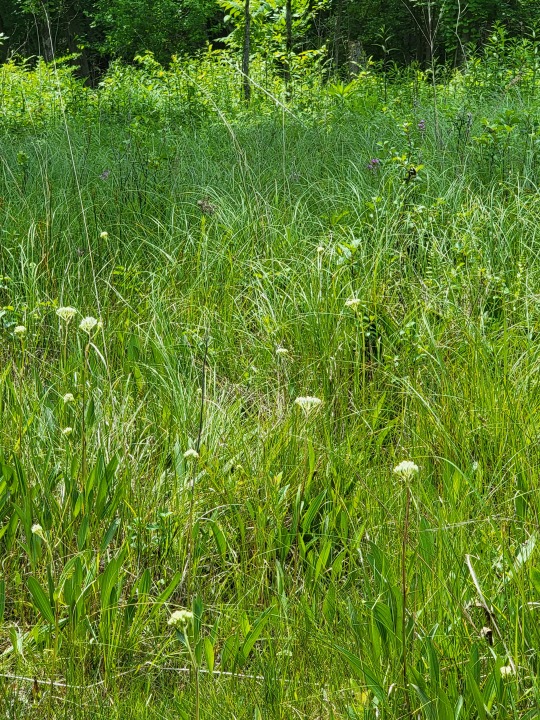
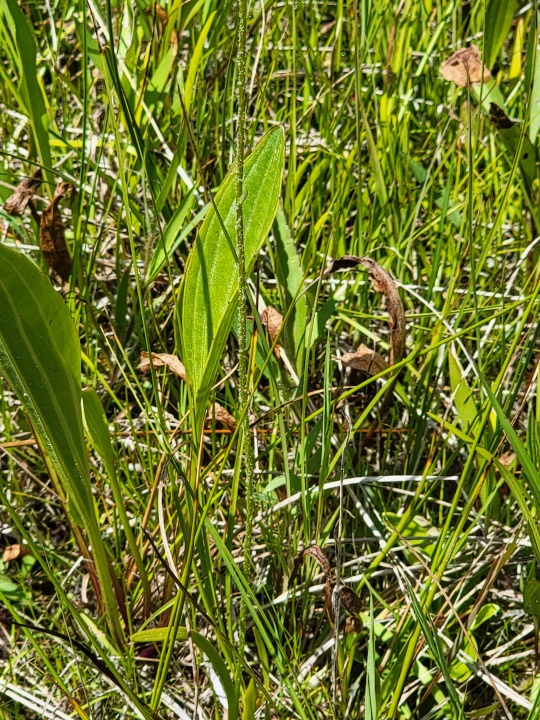
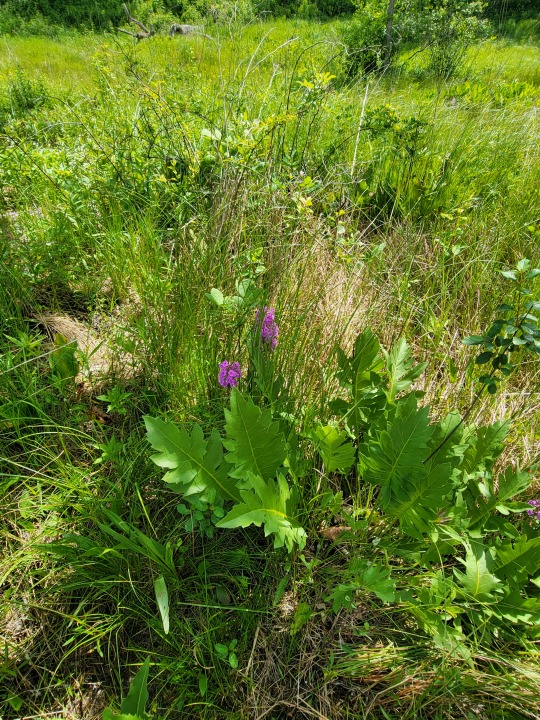
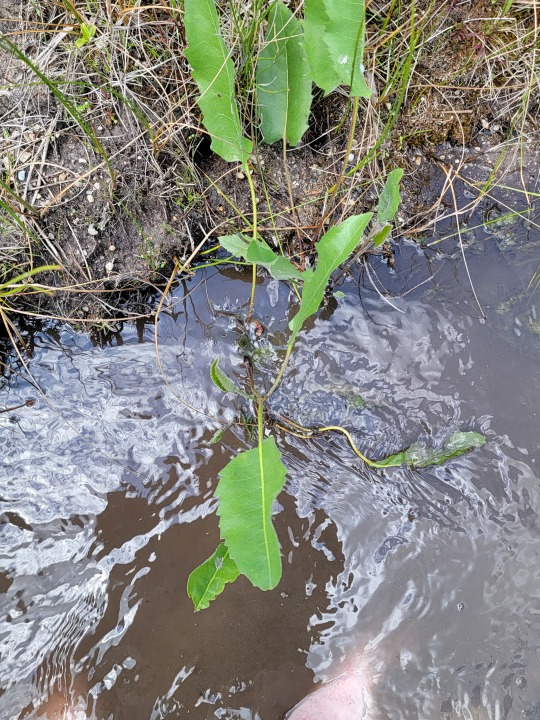

Denizens of the Marl,
My main focus was to introduce an early blooming species that I don’t know if I talked about ever. I usually miss my window to see this plant and for some reason I’ve never gotten close enough to photograph it properly, you can kinda see a gleam of light on the glandular hairs but not well enough to show structure.
Triantha glutinosa, blooms in early June in Ohio but can last till late June and in other states occurs in bogs in warm water conditions and blooms much later which is strange to me. I think this must be an adaptive phenotypical thing but you would expect it to be opposite and light blooming also seems to not be the culprit so I don’t know. False Asphodel is another common name but I honestly prefer calling it sticky or glutinous false ashpodel. As a plant living in these nutrient poor super leached marl flats this plant is a carnivor, protease excretor glandular hair trap specifically, but strangely only on it’s flowering stem and not on it’s minute basal rosette. Opposite of most species that are carnivores most species try to keep traps as far from the flowers as possible which makes sense evolutionary. Glandular traps near an inflorescence seems strange for successful pollination. As it turns out this may be a seldomly pollinated species where most individuals in populations are ancient clones that have formed from rhizome spread overtime in these glacial refugium. The other thing that seems notable is many people studying these false ashpodels (Triantha spp.) run into the same morphology and phenology problems that I have, and have even come to contempt and discourse over specific populations and are evaluating them as part of a biological species complex. I agree on the T. occidentalis western split on all accounts but some of the minor disjunct probable splits seem more complex overall (Central Appalachian mountain populations (TN, VA, SC, GA)
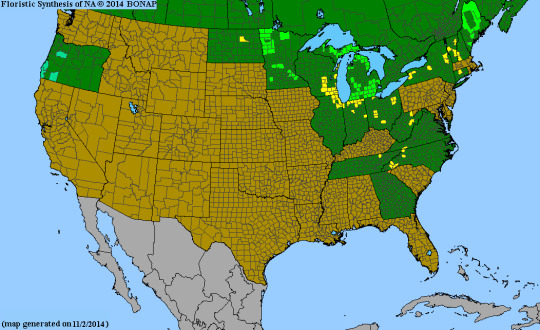
I feel like I can’t stress the importance of this limestone marl and the unique opportunity of getting this close to these plants without any special camera. Though I do wish I had one to display the features properly. Most of the time if you are traversing a fen you have to find and identify petrified marl shelfs or surface travertines, or you are walking on old and ancient tussock clumps from what is usually Carex stricta. Im walking on a displaced gravel shelf with petrified marl and wouldn’t dare to walk off of it and disturb the easily motile banks of loose marl or the suspended marl sediment floating like quick sand. The plants here are fragile and the habitat is equally fragile with many state listed species that cant take damage. Everywhere in the high exposure areas of marl flats are these Drosera rotundifolia and the smooth rounded/heartshaped leaves of grass of parnassas, which is in bloom as I type. Parnassia glauca is so beautiful with it’s unique floral venation and Ill post more pics once again when I get to it. The farther you get from the flats the less exposure and with it comes the sedge meadow with Arnoglossum plantagineum, also known as fen plantain leaved indian plantain. The last few shots are associated with the fully scabrid moderate sized var. ,not species, Silphium terebinthinaceum var. pinnatifidum, which we only see in fens in Ohio and the Ice scoured dwarf willow, Salix myricoides, in all of it’s new leaf glory. Still not looking blue with white pubescent undersides just yet.
Personal note:
Its been really weird doing this lagged posting because these are not matched to the time I was there. Right now, I feel like I should be posting about white bottle gentian, prairie gentian ,fringed gentian or ,andrews bottle gentian and here I am mid June posts. Heck it’s also Spiranthes spp. season and paw paw shaking season rn, most people are smelling sulfur shelves and foraging chicken of the woods(same thing). Trying to catch up and doing documentation and having a place to post personal thoughts on this stuff.
#fens#meadowcore#silphium#salix#salix myricoides#arnoglossum#arnoglossum plantagineum#species complex#carnivourousplant#carnivory#botany#ecology#wildflowers#ohio news#ohio#kawaii#plantblr#botanical#botany on tumblr#plants on tumblr#plants#drosera#drosera rotundifolia#geology#cottagecore#parnassia#parnassia glauca#triantha glutinosa#triantha
24 notes
·
View notes
Text

Triantha glutinosa • sticky false asphodel ✨
0 notes
Photo

Amianthium
Amianthium is a North American genus of perennial plants growing from bulbs. It contains the single known species Amianthium muscitoxicum, known in English as fly poison from a literal translation of the Latin epithet muscitoxicum, and is noted for its pretty flowers and its toxic alkaloid content. While all parts of the plant are poisonous, the bulb is particularly toxic. The scientific epithet was given to it by Thomas Walter when he published his Flora Caroliniana in 1788. The bulb was mixed with sugar by American colonists to kill flies. The toxic alkaloids present in the roots and leaves include jervine and amianthine. Amianthium is self-incompatible and is pollinated mostly by beetles. It is native to eastern North America, as far north as Pennsylvania, west roughly to the Appalachian Mountains (with an additional area in the Ozarks), and south to northern Florida and eastern Louisiana. Within the family Melanthiaceae, Amianthium is a member of the tribe Melanthieae. Molecular phylogenetic studies in the 21st century have resulted in number of changes to placements within this tribe. A. muscitoxicum has sometimes been placed in the genus Zigadenus (as Z. muscitoxicus); however its position as a separate genus is consistent with currently available information. (See also Phylogeny of Melanthieae.) Amianthium species which have been placed in other genera include: Amianthium angustifolium A.Gray now called Stenanthium densum (Desr.) Zomlefer & Judd Amianthium aspericaule A.Gray) now called Triantha glutinosa (Michx.) Baker Amianthium leimanthoides A.Gray) now called Stenanthium densum (Desr.) Zomlefer & Judd Amianthium nuttallii A.Gray now called Toxicoscordion nuttallii (A.Gray) Rydb. Amianthium texanum (Bush) R.R.Gates now called Stenanthium densum (Desr.) Zomlefer & Judd ^ Walter, Thomas 1788. Flora caroliniana : secundum systema vegetabilium perillustris Linnaei digesta; characteres essentiales naturalesve et differentias veras exhibens; cum emendationibus numerosis: descriptionum antea evulgatarum: adumbrationes stirpium plus mille continens: necnon, generibus novis non paucis, speciebus plurimis novisq. ornata 125 in Latin, as Melanthium muscaetoxicum ^ International Code of Nomenclature for algae, fungi, and plants (Melbourne Code), section 60.8 ^ a b "WCSP". World Checklist of Selected Plant Families. Retrieved 2013-02-03. (search on Amianthium) ^ a b c d "Amianthium". Flora of North America. ^ Appalachian Wildflowers by Thomas E. Hemmerly. University of Georgia Press, ISBN 0-8203-2181-8 ^ Biota of North American Program 2014 county distribution map ^ Zomlefer, WB; WS Judd (2002). "Resurrection of Segregates of the Polyphyletic Genus Zigadenus s.l. (Liliales: Melanthiaceae) and Resulting New Combinations". Novon. 12 (2): 299–308. doi:10.2307/3392971. JSTOR 3392971. More details Android, Windows
0 notes